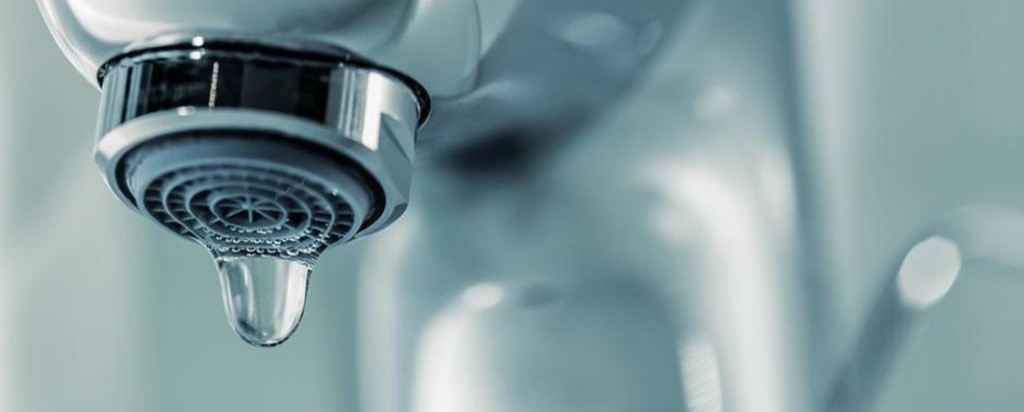The Residential Common Frequent Leak Triggers: Analysis
The Residential Common Frequent Leak Triggers: Analysis
Blog Article
Are you searching for help and advice concerning How to Find Water Leaks?

Leaks not just cause waste of water yet can likewise cause unnecessary damage to your home and advertise undesirable natural development. Unfortunately, water leaks might go undetected given that most of the pipework in our home is hidden. By looking and also recognizing for day-to-day scenarios that create leaks, you can protect your residence from future leaks and also unneeded damage. Today, we will consider six leakage creates that may be creating your pipelines to drip.
Intruding origins
Most water leakages start outside the house instead of inside it. If you see a sudden decrease in water stress, claim in your tap, take some time to head out as well as examine your yard. You could see damp spots or sinkholes in your yard, and that might imply that tree roots are attacking water lines triggering water to seep out. You can have your plumber look for breach, specifically if you have trees or shrubs near your home.
Rusty water systems
This may be the reason of discoloration or warping on your water pipelines. If our plumbing system is old, consider replacing the pipelines since they are at a greater danger of rust than the newer models.
Malfunctioning Pipeline Joints
The point at which your pipelines connect is often the weakest link in the waterline. Pipe joints can deteriorate with time, causing water leaks. Sadly, the majority of pipe joints are not easily noticeable. If you have noisy pipes that make ticking or banging sounds, especially when the hot water is turned on, your pipe joints are possibly under a great deal of pressure. It is recommended to have your plumber check your system once a year.
Instantaneous temperature changes.
Extreme temperature level modifications in our pipes can create them to expand and acquire all of a sudden. This development and tightening might create fractures in the pipelines, particularly if the temperature are below freezing. If you kept an eye on exactly how your plumbing functions, it would certainly be best. The visibility of the previously discussed conditions often suggests a high risk.
Poor Water Connectors
At times, a leakage can be created by loose tubes and pipelines that provide your home appliances. In case of a water links leak, you might notice water running straight from the supply line or pools around your devices.
Clogged Drains
Clogged drains pipes might be annoying as well as inconveniencing, however they can occasionally end up causing an overflow leading to burst pipelines. Keep getting rid of any type of materials that might decrease your drains that might obstruct them to avoid such hassles.
All the above are sources of leakages however not all water leakages arise from plumbing leakages; some leakages might originate from roof leaks. All leaks need to be fixed instantly to prevent water damage.
Leakages not only create waste of water however can also cause unneeded damages to your home as well as advertise undesirable natural development. By looking as well as understanding for daily scenarios that cause leakages, you can protect your home from future leakages as well as unnecessary damages. Today, we will certainly look at six leak causes that may be triggering your pipelines to leak.
At times, a leak can be triggered by loose hoses and pipes that supply your appliances. In situation of a water connections leakage, you may notice water running directly from the supply line or puddles around your devices.
How To Check For Water Leak In Your Home
How To Check for Leaks
The average household's leaks can account for nearly 10,000 gallons of water wasted every year and ten percent of homes have leaks that waste 90 gallons or more per day. Common types of leaks found in the home are worn toilet flappers, dripping faucets, and other leaking valves. These types of leaks are often easy to fix, requiring only a few tools and hardware that can pay for themselves in water savings. Fixing easily corrected household water leaks can save homeowners about 10 percent on their water bills.
To check for leaks in your home, you first need to determine whether you're wasting water and then identify the source of the leak. Here are some tips for finding leaks:
Take a look at your water usage during a colder month, such as January or February. If a family of four exceeds 12,000 gallons per month, there are serious leaks.
Check your water meter before and after a two-hour period when no water is being used. If the meter changes at all, you probably have a leak.
Identify toilet leaks by placing a drop of food coloring in the toilet tank. If any color shows up in the bowl after 10 minutes, you have a leak. (Be sure to flush immediately after the experiment to avoid staining the tank.)
Examine faucet gaskets and pipe fittings for any water on the outside of the pipe to check for surface leaks.
Undetected water leaks can happen without the home or business owner even realizing. If you suspect a water leak, but not able to find the source. It is time to contact a professional water leak detection service, The Leak Doctor.
How To Find a Water Leak In Your Home
https://www.leakdoctor.com/blog/How-To-Check-For-Water-Leak-In-Your-Home_AE197.html

Hopefully you liked our post on Common Water Leaks In House. Many thanks for taking a few minutes to browse our piece of content. Sharing is caring. Helping people is fun. I take joy in reading our article about Most Common Causes of Leaky Pipes.
Need pros? Call! Report this page